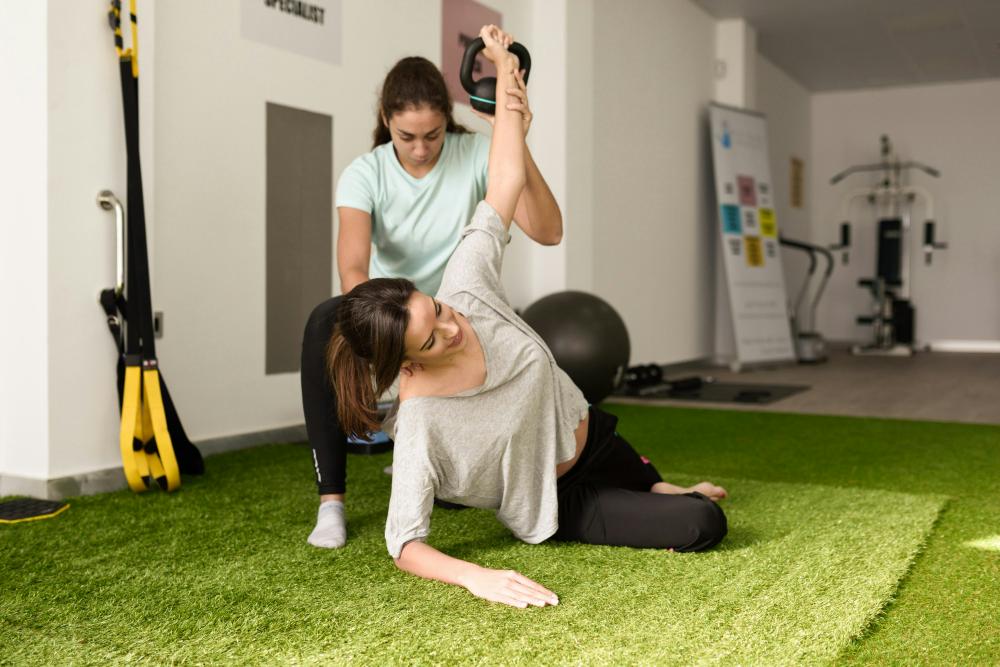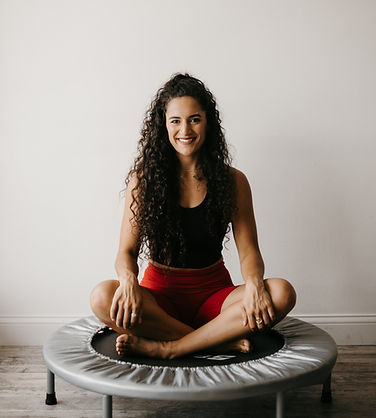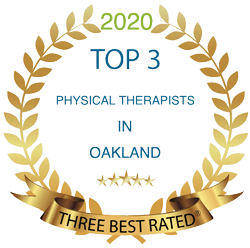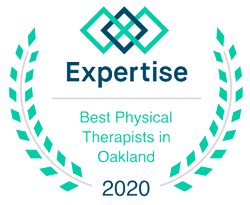Introduction
Bringing a new life into the world is a profound experience, but it often comes with a set of challenges for new mothers, including the potential for upper back pain during pregnancy. This blog explores the essential realm of postpartum rehab, shedding light on its physical, emotional, and mental dimensions.
What is Postpartum?
Postpartum refers to the period following childbirth, encompassing the first few weeks or months. It involves the body’s transition back to its pre-pregnancy state, a process laden with changes and adjustments.
Understanding Postpartum Changes for New Mothers
New moms undergo various changes during the postpartum period, both physically and emotionally. Understanding these changes is crucial for holistic recovery and effective postpartum care, which includes incorporating appropriate physical activity and considering impact activities. Addressing these aspects comprehensively, including tailored exercises for pelvic floor muscles, is vital for the overall well-being of new mothers.
Postpartum Rehab in Physical Recovery
Postpartum rehab plays a pivotal role in aiding physical recovery, focusing on areas like pelvic floor muscles. One study indicated that 60 percent of women may experience conditions such as uterine prolapse, incontinence, or generalized pain in the pelvic girdle after childbirth.
Tailored exercises and therapies aid in rebuilding core muscle strength and addressing issues like abdominal separation, promoting a better body after baby, whether through vaginal or cesarean birth.
Long-term Benefits of Postpartum Rehab
Before we delve into the transformative advantages of postpartum rehab, let’s explore how prioritizing this holistic approach sets the stage for enduring well-being in the weeks postpartum, impacting daily activities.
Establishing a Foundation for Lifelong Health: Fortifying the body’s core lays the groundwork for postpartum healing, promoting enduring strength and vitality for the demands of motherhood and beyond.
Mitigating the Impact of Postpartum Challenges: Addressing issues like diastasis recti and pelvic floor concerns for ongoing management prevents the risk of injury, ensuring challenges do not become persistent hurdles in the years to come.
Fostering Sustainable Lifestyle Choices: Introducing postpartum women to fitness routines that resonate with their evolving needs encourages the adoption of habits promoting ongoing health and wellness.
Strengthening the Mother-Child Bond Over Time: Contributing to the dynamic connection between mother and child as mothers invest in their well-being, it enables active participation in the joys of parenthood, from playfulness to being present as the child grows.
Emotional and Mental Benefits of Postpartum Rehab
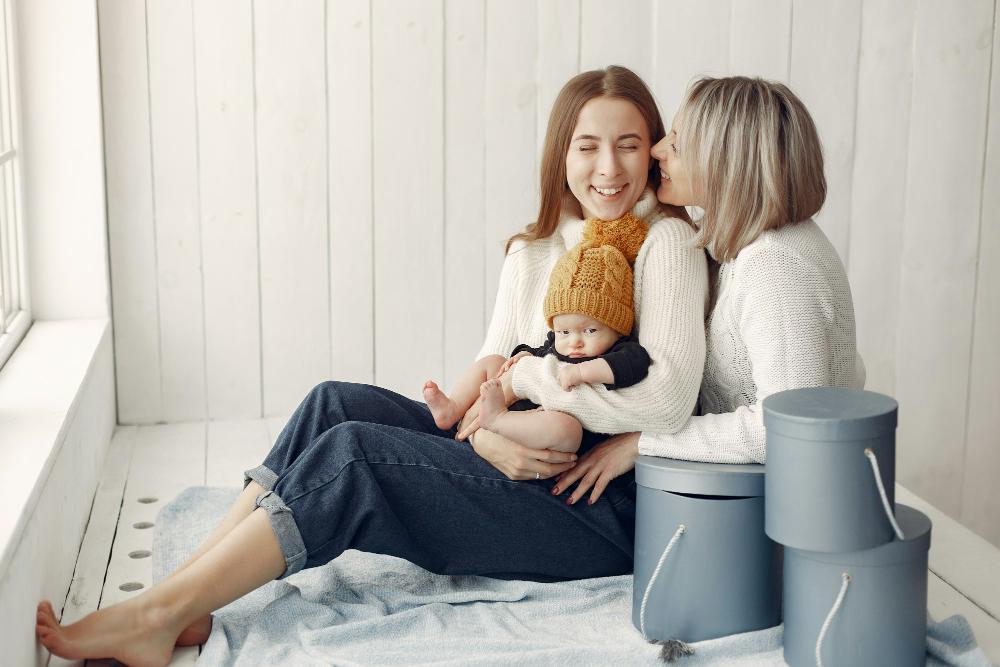
Now, let’s delve into how this holistic approach addresses the interconnected nature of physical, emotional, and mental well-being, especially in the weeks after birth, addressing potential challenges such as postpartum depression:
Holistic Well-being Beyond the Physical: Postpartum rehab recognizes the link between physical and mental health, prioritizing emotional well-being as integral to a mother’s recovery in the weeks after delivery.
Providing a Supportive Environment: Creating a nurturing space, postpartum rehab offers emotional support and a judgment-free environment for mothers to express and address their feelings with the guidance of a health visitor.
Navigating Complex Emotions of Motherhood: A study shows that the rate of major depression among mothers in the first year after childbirth ranges from 1.0% to 5.9%. Equipping mothers with tools, postpartum rehab helps navigate the multifaceted emotions associated with motherhood, from joy to anxiety.
Emotional Resilience Through Physical Strength: The prevalence rates for postpartum substance use and polysubstance use were 25.6% and 5.9%. Stressing the interplay of physical and emotional resilience, postpartum rehab builds strength that contributes.
Postpartum Rehab Techniques

Let’s uncover five effective postpartum rehab techniques crafted to enhance recovery and nurture a healthier body after welcoming your bundle of joy, including a tailored exercise program:
Targeted Core-Strengthening Exercises
Discover exercises specifically designed to rebuild core strength, focusing on areas like the abdomen and pelvic floor. These targeted movements form the cornerstone of a stronger and more stable core.
Specialized Routines for Abdominal Separation
Combat abdominal separation with specialized routines aimed at healing and reuniting the abdominal muscles. Witness a flatter and more toned midsection through these carefully crafted exercises.
Pelvic Floor Rehabilitation
Tackle issues like incontinence and pelvic pain with targeted pelvic floor rehabilitation exercises, promoting a stronger core. Strengthening the pelvic muscles is pivotal for both physical recovery and enhanced comfort.
Low-Impact Cardio for Gradual Endurance
Engage in low-impact cardio exercises tailored for gradual endurance building. Activities like walking and swimming provide cardiovascular benefits without overwhelming the postpartum body.
Flexibility and Stretching for Comfort
Alleviate muscle tension and enhance flexibility through purposeful stretching exercises. Target areas prone to tightness, promoting overall flexibility and reducing discomfort.
Integrating Postpartum Rehab into Daily Life
By exploring these practical methods, you can effortlessly weave postpartum rehab into your daily life, fostering a balanced and sustainable approach to recovery as you navigate the beautiful journey of new motherhood:
At-Home Exercise Routines: Discover simple and effective exercises that can be easily incorporated into your daily routine at home. These routines are designed to accommodate the demands of a new mom’s schedule while promoting gradual recovery.
Postpartum Fitness Classes: Join specialized postpartum fitness classes that cater to the unique needs of new mothers. These classes provide expert guidance and a supportive community, making it an enjoyable and beneficial part of your routine.
Short, Frequent Sessions: Opt for quick and frequent daily rehab sessions. Breaking down exercises into manageable chunks allows you to integrate them seamlessly between your daily tasks, ensuring consistent progress.
Incorporate Rehab During Baby Activities: Make use of baby-centric activities as opportunities for rehab. Whether it’s incorporating exercises during playtime or utilizing a stroller walk as a fitness opportunity, aligning rehab with baby-centric tasks adds efficiency to your routine.
Create a Supportive Environment: Establish a supportive home environment involving family members or friends. Communicate your postpartum rehab goals, and seek assistance in childcare to carve out dedicated time for your well-being.
Conclusion
In summary, postpartum rehab stands out as a comprehensive approach to recovery for new mothers. Striking a balance between physical health and emotional well-being becomes a pivotal stride in embracing the transformative journey of motherhood.
For personalized guidance and expert support throughout your postpartum recovery, consider reaching out to Life in Motion Physical Therapy. Additionally, explore beneficial techniques like pelvic floor massage to enhance your recovery journey further. Embark on the next step towards a healthier and more fulfilling postpartum experience.
FAQS
Q1: What is the 5 5 5 rule postpartum?
A1: The 5 5 5 rule postpartum recommends taking it easy for the first five days, gradually increasing activity over the next five weeks, and considering a more regular exercise routine after five months postpartum while being mindful of bleeding after exercise.
Q2: When should I start postpartum rehab?
A2: Consult with your healthcare provider, but generally, gentle postpartum exercises can commence as early as a few days after childbirth. However, more intensive rehab, including sessions at a new birth gym, should wait until you receive the green light from your healthcare professional.
Q3: How long does it take for your body to return to normal after birth?
A3: The duration varies, but it commonly takes several weeks to months for the body to recover fully. Postpartum rehab accelerates this process, helping you regain strength and vitality.
Cheers,
Logan Lynch
Owner & Head Clinician at Life In Motion Physical Therapy

